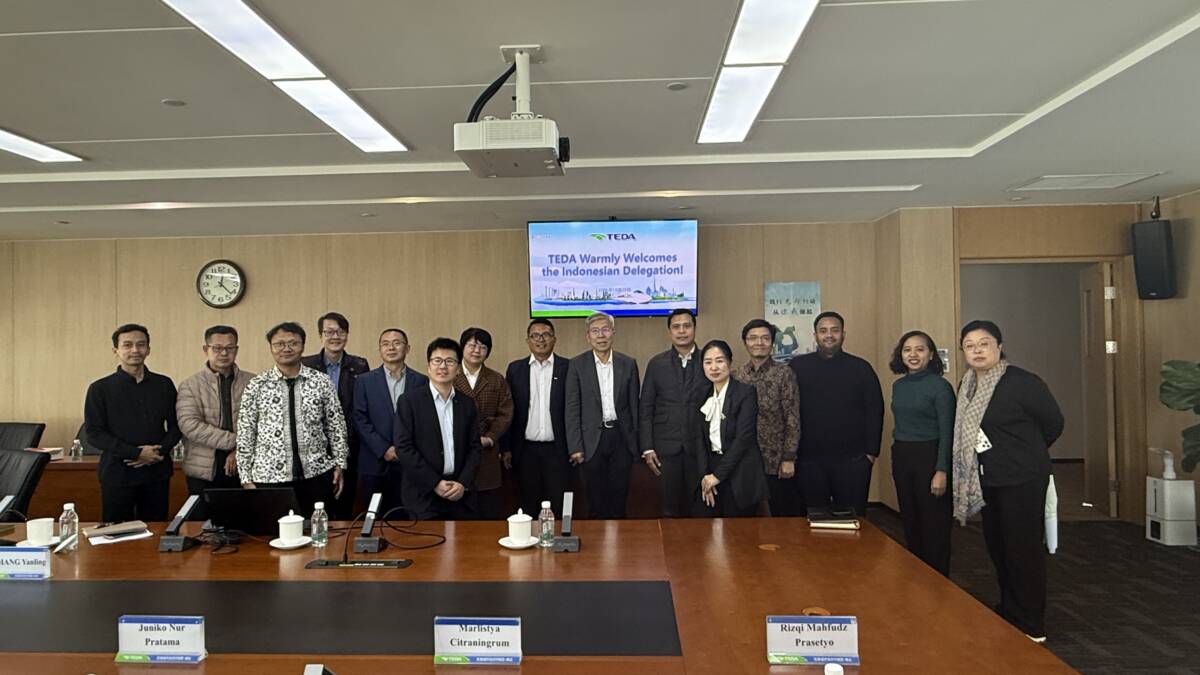
Beijing – Tianjin Synergy for China’s Industrial Modernization
Beijing – Tianjin, October 29, 2025 – The Indonesian delegation, consisting of representatives from the Indonesian Industrial Estate Association (HKI), the ... Read more.
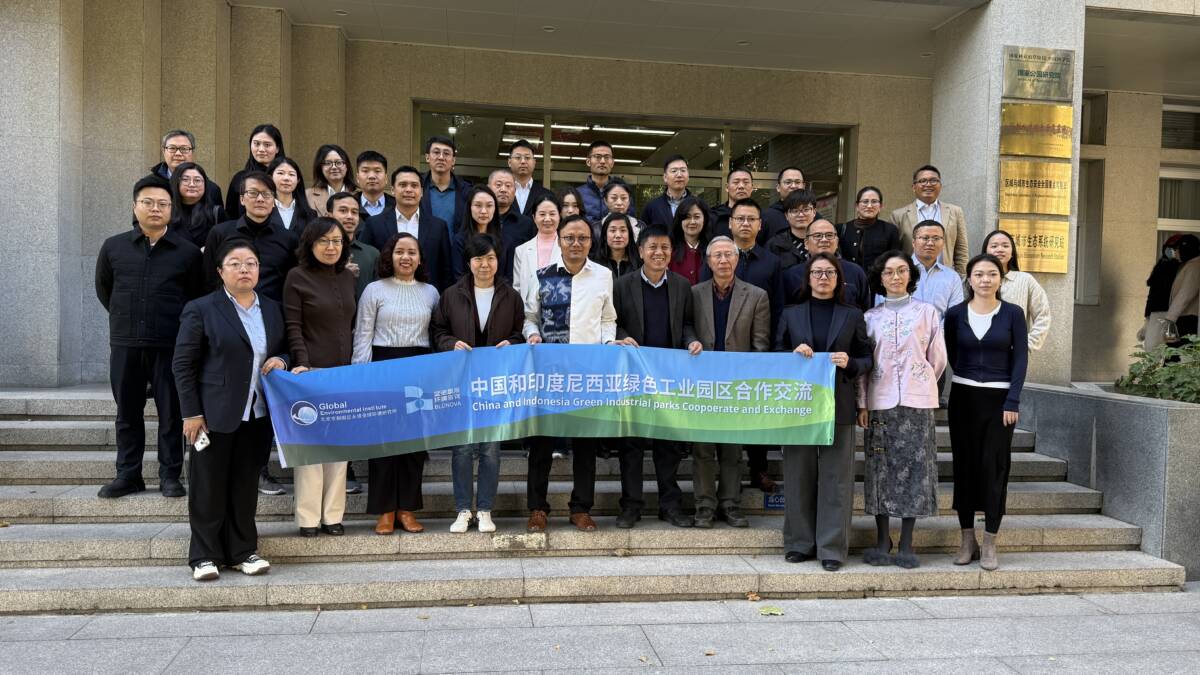
Learning from China: Accelerating the Green Transformation of Indonesia’s Industrial Parks
Beijing, October 27, 2025 – In an effort to strengthen the direction of industrial transformation toward sustainability, an Indonesian delegation comprising r... Read more.

SETC: Driving ASEAN’s Transformation Towards Regional Energy Competitiveness
Jakarta, October 27, 2025 — The Southeast Asia Energy Transition Collaborative Network (SETC) urges ASEAN leaders to follow up on the outcomes of the 43rd ASE... Read more.
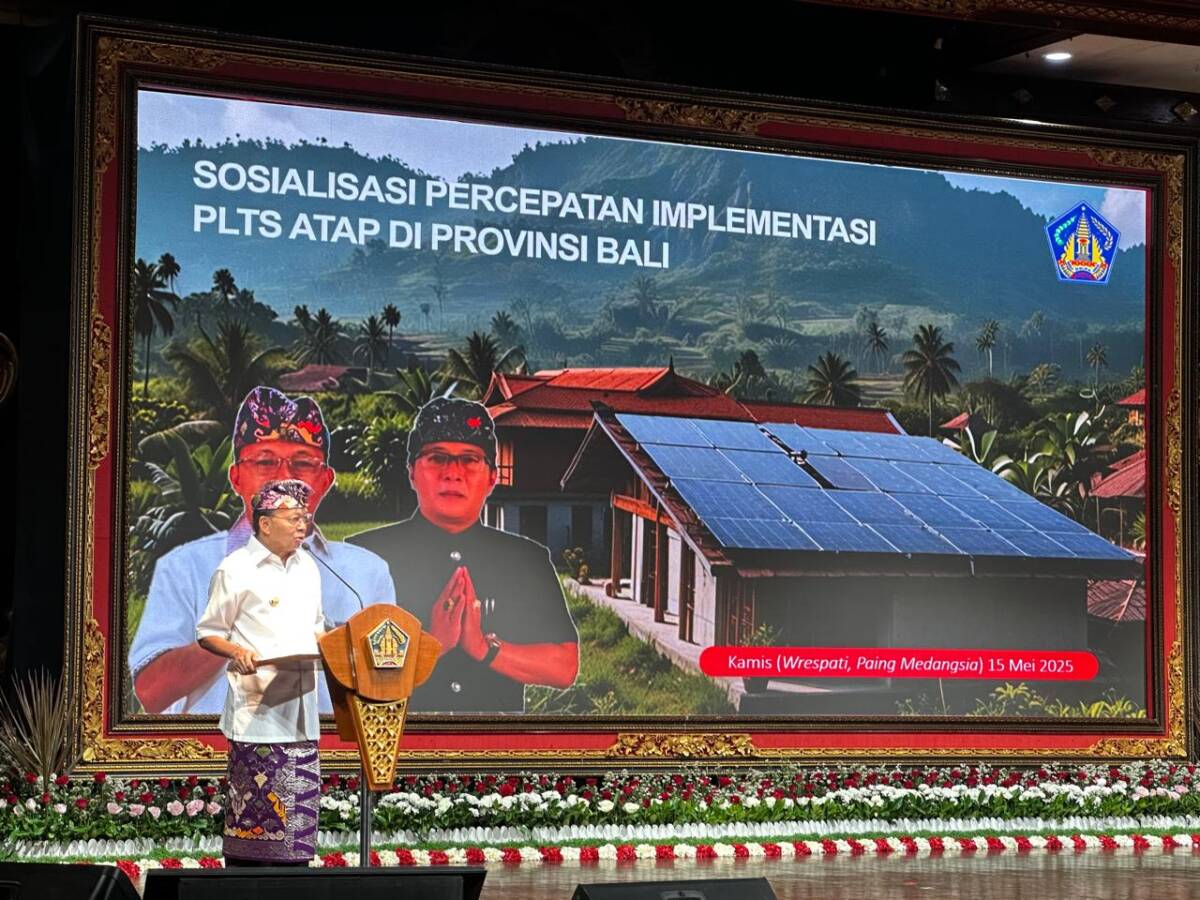
IESR Supports the Governor’s Flagship Program “Bali Mandiri Energi” through Acceleration of Rooftop Solar Power Plant Utilization
Denpasar, May 15, 2025 – Bali Governor I Wayan Koster today launched the Acceleration of Rooftop Solar Power Utilization to achieve Bali Energy Independence, ... Read more.

Public Discussion: Exploring the Commitment of Regional Head Candidates in the Energy Transition in South Sumatra
South Sumatra, 22 November 2024 – South Sumatra Province is one of the five largest coal producing provinces in Indonesia, and continues to record signifi... Read more.
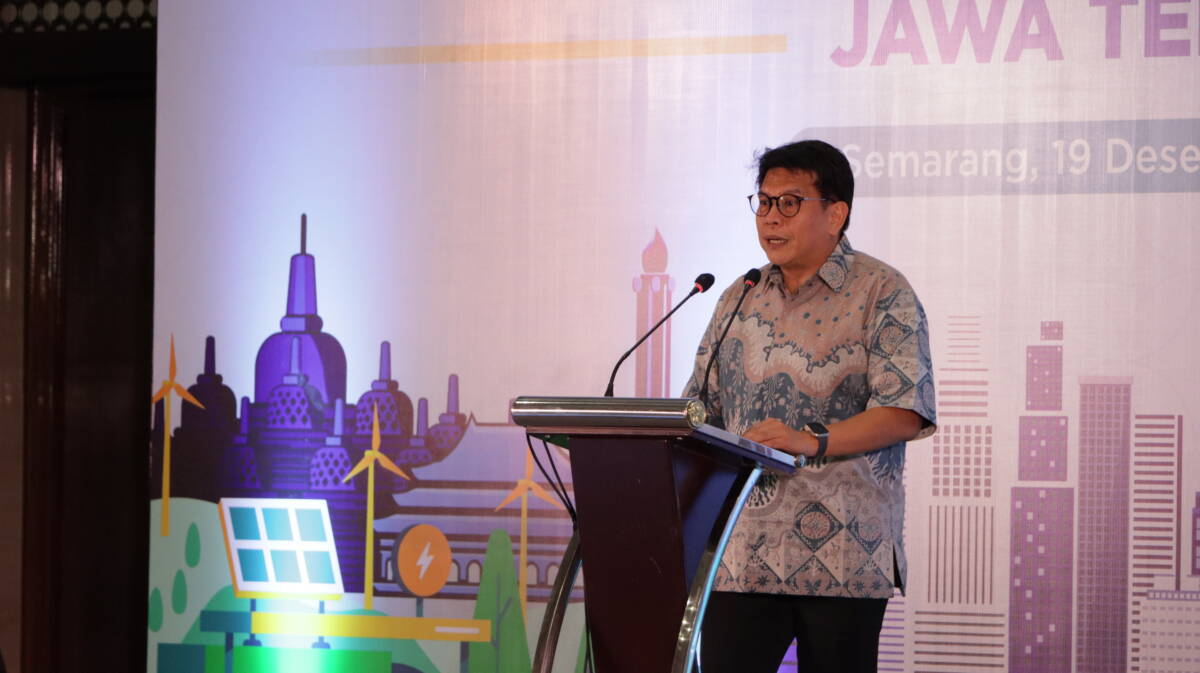
IESR Encourages Energy Transition Discussion in 2024 Regional Election Debate
Jakarta, October 10, 2024—The Institute for Essential Services Reform (IESR), a think tank focused on energy, climate, and environmental issues, sent an offic... Read more.

Continuous Effort in Paving the Way for Solar Energy in Indonesia
Jakarta, July 26, 2023 – The Indonesia Solar Summit 2023, hosted by the Ministry of Energy and Mineral Resources and co-hosted by think tank Institute for... Read more.
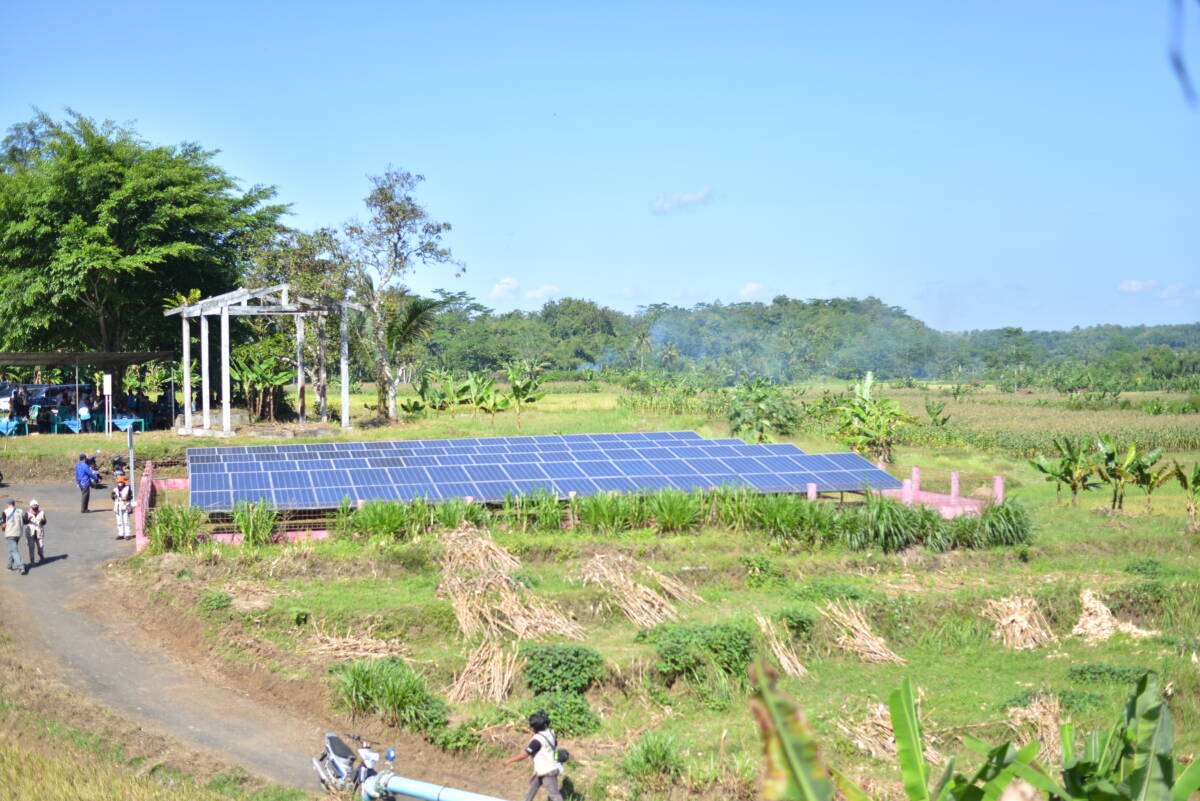
A Privilege That Should Not be One
That night, I was sleeping. A furry creature suddenly jumped onto the bed and landed on my feet. I almost screamed until it meowed slightly – when my eyes got... Read more.

The Amend of the MEMR Regulation on Rooftop Solar PV Has the Potential to Undermine the Interest of the Residential Market
Jakarta, 6 January 2023 – The Ministry of Energy and Mineral Resources (MEMR) is revising the Minister of Energy and Mineral Resources Regulation No. 26/2... Read more.
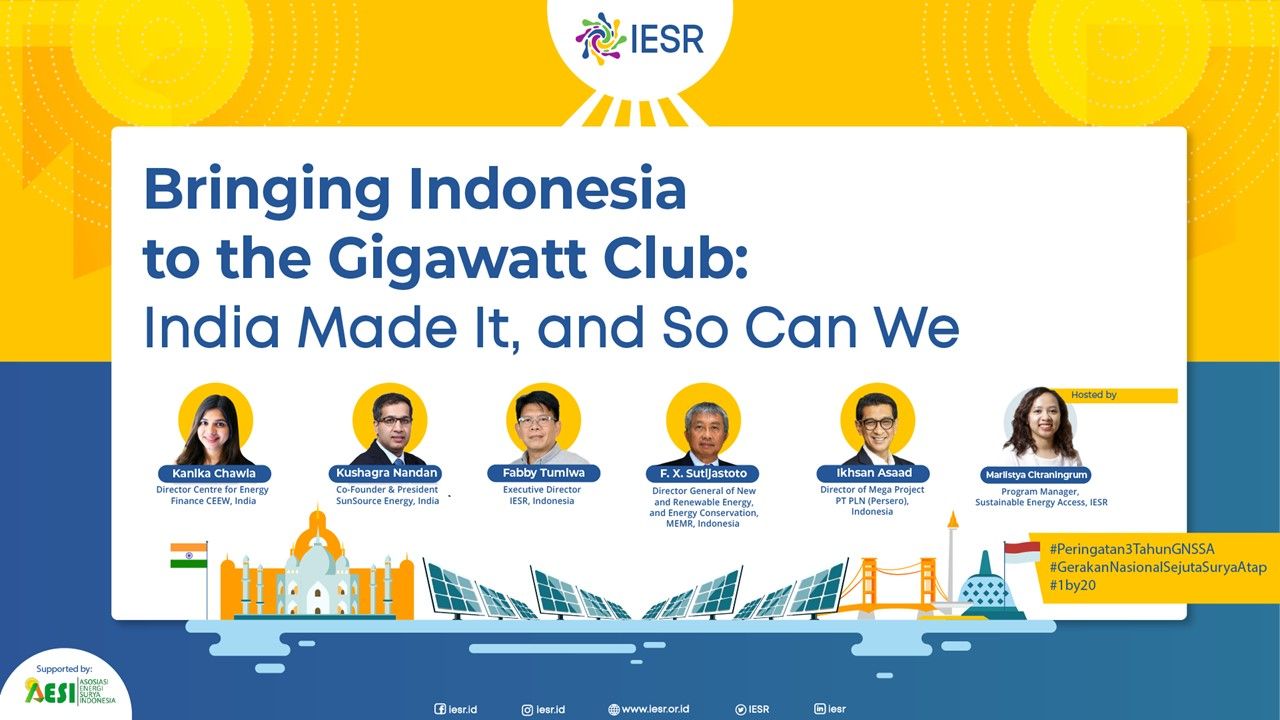
India Targeting 200 GW of Renewable Energy in 2022: Is Indonesia Following?
Jakarta, September 16, 2020 – Since the 2000s, the Indian government has shown its seriousness in developing renewable energy to meet domestic energy need... Read more.
